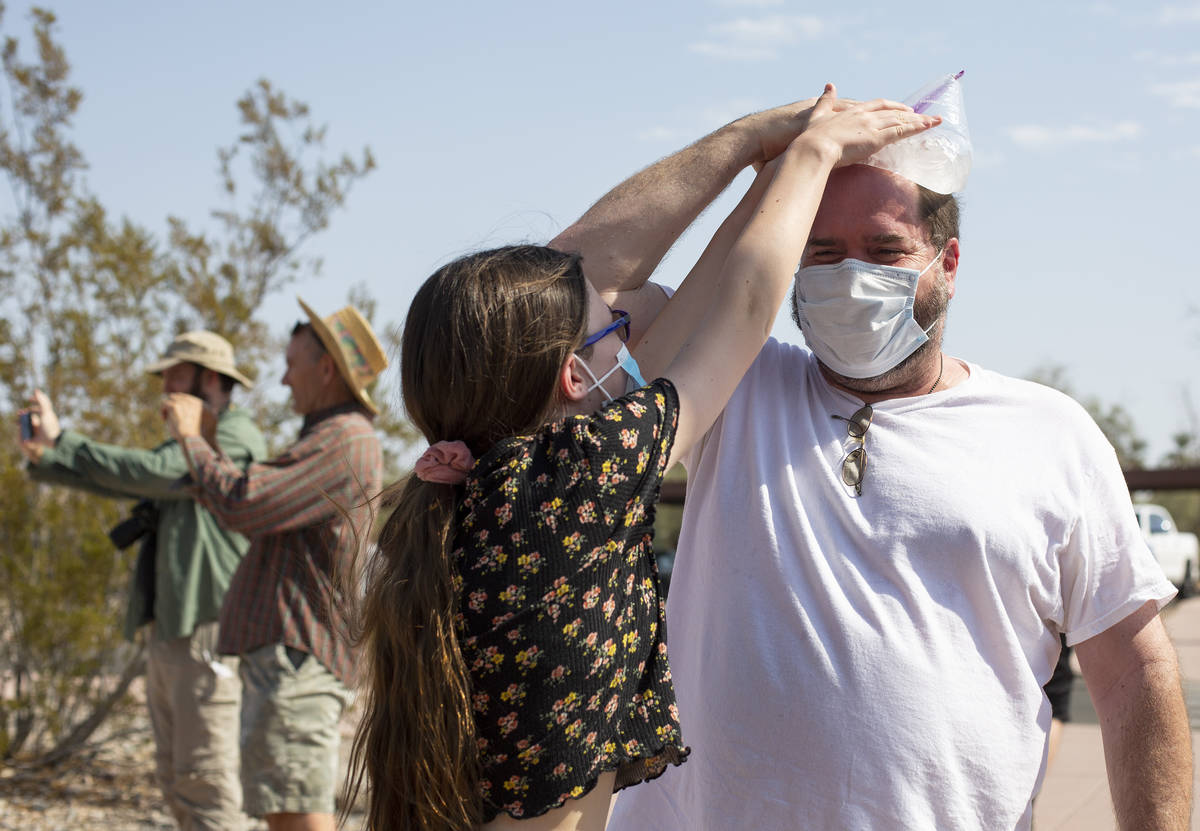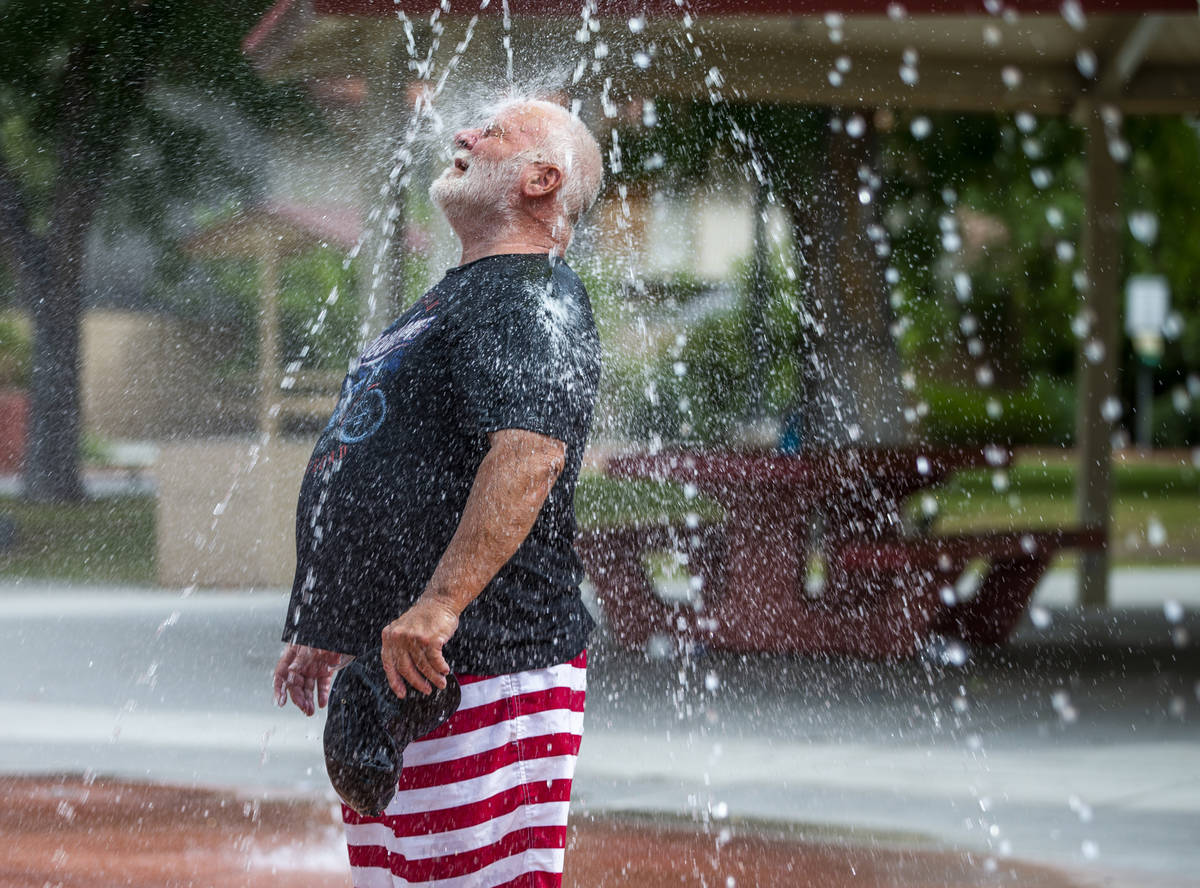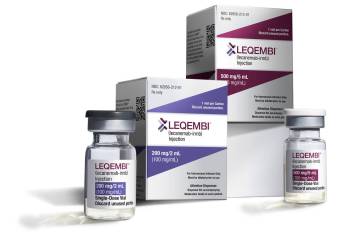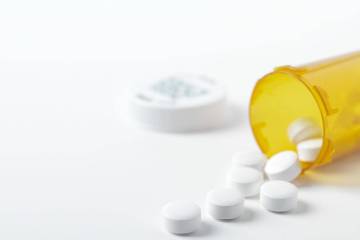Extreme heat can be deadly. How can you stay safe?
As much as Las Vegans say they have acclimated to the heat, no one is really ready to endure the triple-digit temperatures Southern Nevada experiences.
It is beneficial to understand exactly how the body reacts to better prepare desert residents to live with prolonged high temperatures. There is more to staying safe during intense summer heat than just drinking water.
Without hydration, a person can show mild symptoms of heat illness within a couple of hours. Further, if a person remains in direct sun exposure, the body’s organs could begin to fail, leading to severe symptoms or death.
It all comes down to how your body responds to heat exposure. The way people feel heat is related to the ambient temperature and humidity in the air.
What Nevada determines as moderately high temperature with no humidity would be considered dangerous and life-threatening in parts of the country with more humidity. This is because humidity traps body heat on the skin’s surface, preventing cooling. On the other hand, desert environments are so dry that water from the skin evaporates quickly. This becomes dangerous when the lack of visible moisture, like sweating, can mask a more serious stage of heat illness.
Additionally, Las Vegas, and other desert Southwest cities, experience an urban heat island, a phenomenon that occurs when heat is trapped in concrete and asphalt during the day and then slowly releases into the atmosphere at night.
When nighttime temperatures also rise, tolerating heat becomes even harder.
“It becomes a problem when people exposed to the heat cannot recover at nighttime, because night will also be very hot. So next day, if they’re exposed to heat again in the morning, they will start suffering from heat exhaustion. And then eventually, if they don’t take care of themselves, they could experience more complicated effects like heat strokes,” said Erick Bandala, assistant research professor of environmental science at the Desert Research Institute.
During the first heat wave of the year, first responders, emergency room physicians and burn surgeons see an uptick of patients dealing with heat-related illnesses, from mild cases of heat exhaustion to the extreme case of third-degree burns.
Burns can happen if the skin is in contact with concrete or pavement surfaces for up to 30 minutes, where temperatures can reach 170 degrees. People with conditions like neuropathy, which causes a lack of feeling in the feet, are especially vulnerable to hot surfaces, as are children 2 and younger who can’t react quickly to the heat.
“Even though it’s 110-112 degrees outside, that pavement is basically going to be at the same level as the air. But when you take the combination of the high air temperature in conjunction with the intense sun, that surface can reach dangerously high temperatures,” said Paul Chestovich, assistant professor of surgery at the Kirk Kerkorian School of Medicine. “It doesn’t take very long for that person to end up with full-thickness, third-degree burns that are going to be really, really dangerous.”
The very young and old are especially vulnerable due to difficulties regulating body temperature or the inability to self-advocate. Yet, anyone can fall victim to intense heat-related illnesses.
For example, those ages 20 to 35 who drink alcohol or use drugs; those with underlying conditions like hypertension and diabetes; and those who take medication for allergies or mental health are all susceptible as stimulants and medication can interfere with the body’s signal to cool.
People who regularly work outdoors can also be impacted. According to the Desert Research Institute’s study on extreme heat and its impact on environmental injustice, the longer an outdoor employee spends working for an employer, the higher the number of heat illnesses that are reported.
“It seems like people will start to feel safe because they are somehow climatized to the heat. So they stop being concerned about that,” said Bandala. “And that’s probably one reason why they are more affected.”
Heat impact on organs
Intense heat can affect almost every organ — from the skin to the kidneys to the brain.
When exposed to high temperatures, our body cools itself down in two ways. First, our blood vessels dilate to bring warm blood flow closer to the surface of our skin, where the heat from the blood is transferred to the air. The other way our body cools is through sweat production. The fluid we release as sweat takes some of our body heat with it and then evaporates from our skin.
We tend to overheat in hot, humid climates because the moisture in the air prevents the sweat from evaporating, trapping heat. As soon as we produce a few drops of sweat in hot desert climates, the desert air immediately absorbs it.
“It’s actually where a lot of people get very lightheaded for the first couple of weeks. They don’t realize how much fluid they’re losing because they don’t see it on the clothes and the way that you know, you’re used to if you’re coming from a more humid area,” said Dr. Patrick Olivieri, a medical director and emergency room physician with the Valley Health System. “So if you run out of fluid, you run out of your ability to cool yourself.”
Losing the ability to cool down because of the lack of water disrupts our body’s electrolyte balance, aka salt. Electrolytes regulate nerve and muscle function, hydrate the body, balance blood acidity and pressure, and help rebuild damaged tissue.
“We lose some electrolytes every time we cool ourselves. And if you’re just drinking water, if you’re not keeping up enough, your electrolytes get thrown off and cause significant muscle cramping. Separately, your body prioritizes where our fluid goes. So not only are the electrolytes different but there’s less fluid. And that’s why the actual muscles themselves, instead of being loose, hydrated, it’s now a dry thing that’s prone to injuries and cramps,” Olivieri said.
Nausea, dizziness, headaches and muscle cramps are signs of heat exhaustion. With continued exposure to high heat and sunlight, the body could begin to experience multi-organ failure.
The first organs affected are the kidneys. Kidneys control blood pressure and fluid regulation. When they are hydrated, they sort out electrolytes, blood sugar and protein. When dehydrated, the body pulls fluid from muscles and blood, eventually preventing kidneys from filtering waste from the body. As a result, the waste remains in the kidneys and begins to change the way the body naturally functions.
As the body does everything it can to pull moisture from our organs, our blood begins to thicken; the ability to produce sweat to cool down stops. Your body temperature rises to match the ambient temperature within 10 to 15 minutes. Blood pools to our hands and feet, slowing down blood flow to the brain, leading to confusion and eventually loss of consciousness.
This chain of events describes a heat stroke.
“Thousands of us die each year, and they’re all preventable. It’s a really sad thing from a public health standpoint,” said Olivieri.
How can we protect ourselves?
The simplest advice is the best. First, drink lots of water. Just because you’re not sweating doesn’t mean you’re not dehydrated or at risk: hydrate before you feel thirsty and schedule hydration breaks.
Remember to follow the A-B-C-D-Es to avoid heat illness: air conditioning, shaded breaks, loose-fitting clothing, drink fluids frequently, and limit exposure to sun and heat. If you see someone who’s showing signs of confusion or seems disoriented, call 911.
Stephanie Castillo is a 2021 Mass Media reporting fellow through the American Association for the Advancement of Science. Email her at scastillo@reviewjournal.com or follow her on Twitter @PhutureDoctors.
Signs of heat stroke
High body temperature (103°F or higher)
Hot, red, dry, or damp skin
Fast, strong pulse
Headache
Dizziness
Nausea
Confusion
Losing consciousness or passing out
Signs of heat exhaustion
Heavy sweating
Cold, pale, and clammy skin
Fast, weak pulse
Nausea or vomiting
Muscle cramps
Tiredness or weakness
Dizziness
Headache
Fainting (passing out)
Source: Centers for Disease Control and Prevention




























